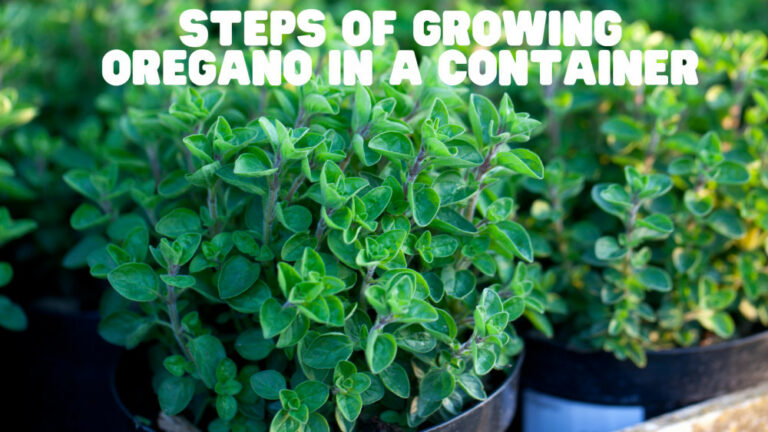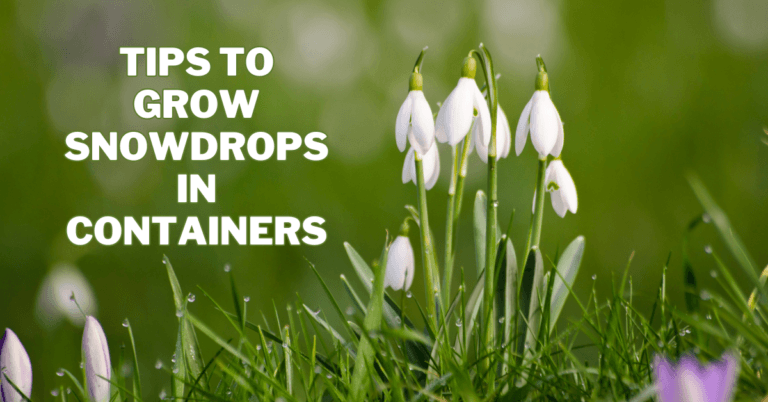Best Steps To Grow Cyclamens In Containers
Best Steps To Grow Cyclamens In Containers
Low-growing Cyclamen are ornamental plants with bright, lovely red, pink, purple, and white blooms.
Even though they thrive in garden beds, many grow them in containers. Learn more about increasing Cyclamen in pots by reading on.
Cyclamen plants cannot endure temperatures below freezing, even though they thrive in cool climates and bloom in the winter.
This means that if you live in a cold winter area and want your plants to survive into their dormant summer season, your only alternatives are to grow them in a greenhouse or containers. Pots are undoubtedly the simpler option unless you already have a greenhouse.
It is also an excellent idea to utilize the Cyclamen's blooming span by growing them in containers. You can relocate your container-grown Cyclamen to a position of honour on the porch or inside your house while they bloom. You can move the plants away once the flowers have faded.
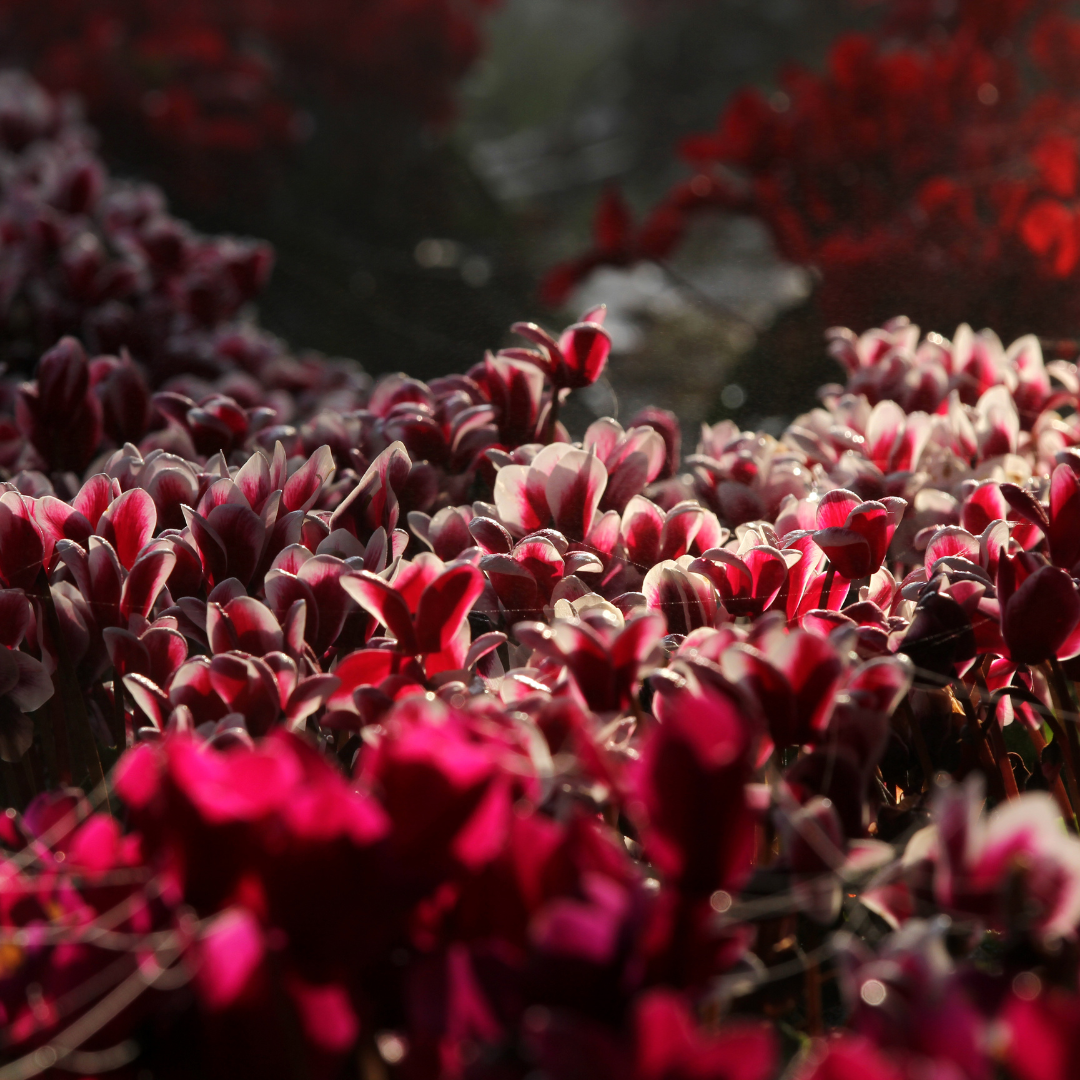
History & Origin Of Cyclamens
The Middle East is thought to be the origin of the cyclamen plant. It is a widely grown plant in nations like Syria, Palestine, Israel, Greece, and even the Mediterranean Islands. This flower first became fashionable in France in the early 1900s.
However, England, rather than Germany, saw the introduction of the first Cyclamen variations in 1860. Since the plant's flattened tuber and habit are circular, the name Cyclamen derives from the Greek word “kuklos,” which means circle in English.
Cyclamen is a member of the primrose family that blooms throughout the Mediterranean. Today, many distinct Cyclamen types are being grown worldwide, some of which have longer flowering times and come in various colours.
Because it means empathy and devotion, Cyclamen are often grown in Islamic monasteries and cemeteries.
Cyclamen is revered as the sacred love flower in Japan. Since the cyclamen is Cupid's love child, Valentine's Day is a great time to give it as a gift.
In contrast to annual plants, which can only be planted in the spring and summer, cyclamens are perennial plants, meaning they can live for more than two years. They are native to several West Asian, North African, and European regions.
They are currently regarded as members of the Myrsinaceae family, while formerly, they belonged to the Primulaceae family.
Depending on how they mature, the five petals point upward and appear in various colours, such as white, pink, purple, or red.
Around the world, there are an estimated 20 different types of cyclamen plants that are in bloom. Each has its flowering season. If you're wondering where to look for this flower, you can typically locate it in rocky or wooded locations.
They prefer to be out in the open in a partly shaded environment. Because they require little maintenance and are frequently grown in pots, they are a popular option for home décor. They can reach a height of 10 inches.
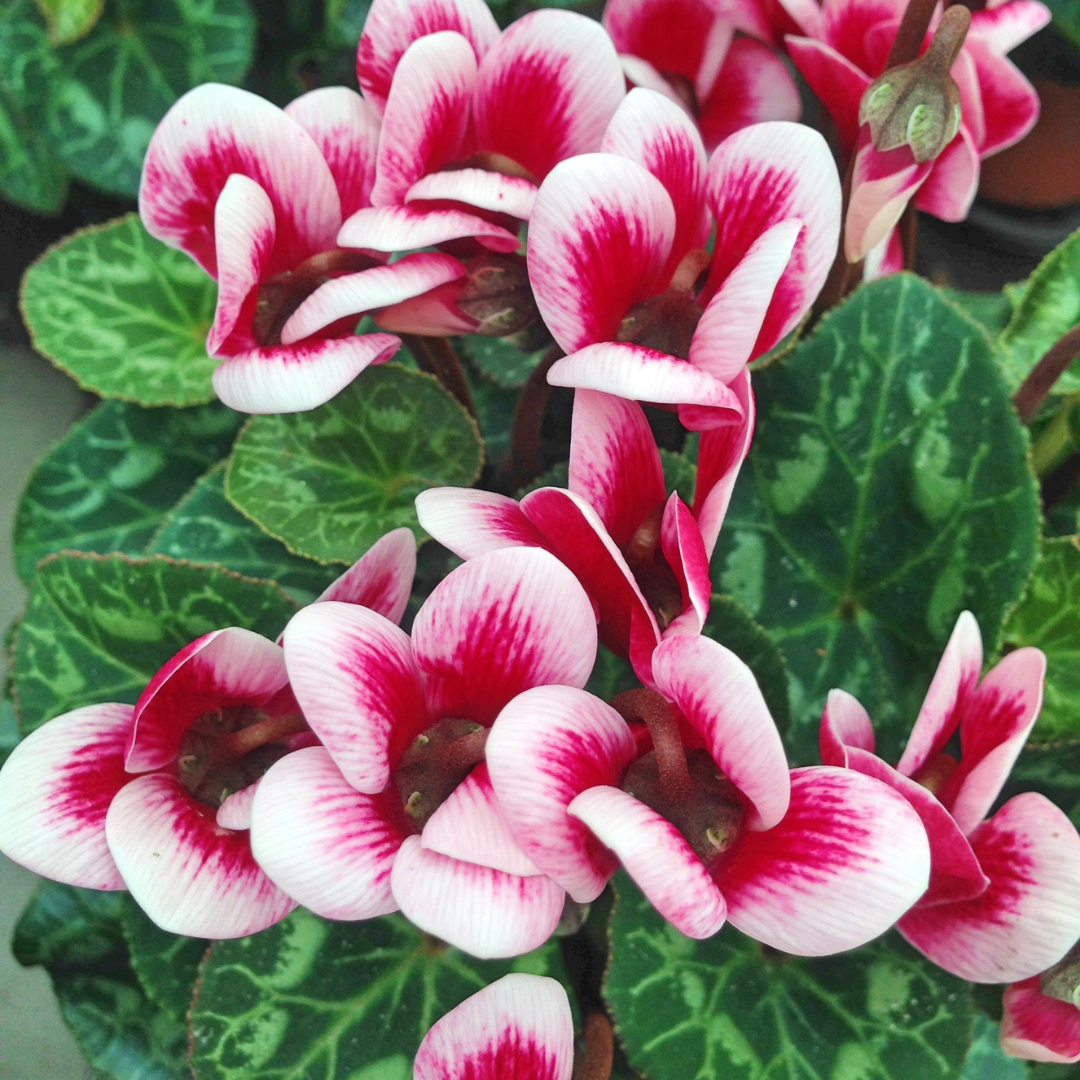
Types Of Cyclamens
Cyclamen heredifolium, known as Cyclamen with ivy leaves, is a hardy plant that can survive only moderately cold winters. It has naturally occurred in some areas of the Pacific Northwest in the US.
This species blooms in the fall and is popular and simple to grow in a backyard garden. The flowers are pink or white with pink undertones. Cultivate C. heredifolium in zones 5 through 7.
There are roughly 22 species of Cyclamen, offering a wide range of flower colours and flowering seasons. You can always enjoy the butterfly-like blossoms if you choose the appropriate species.
But these differences also come with incredibly unique requirements. Ideally, you should know the best varieties to grow cyclamens in containers. Here are a few examples of Cyclamen:
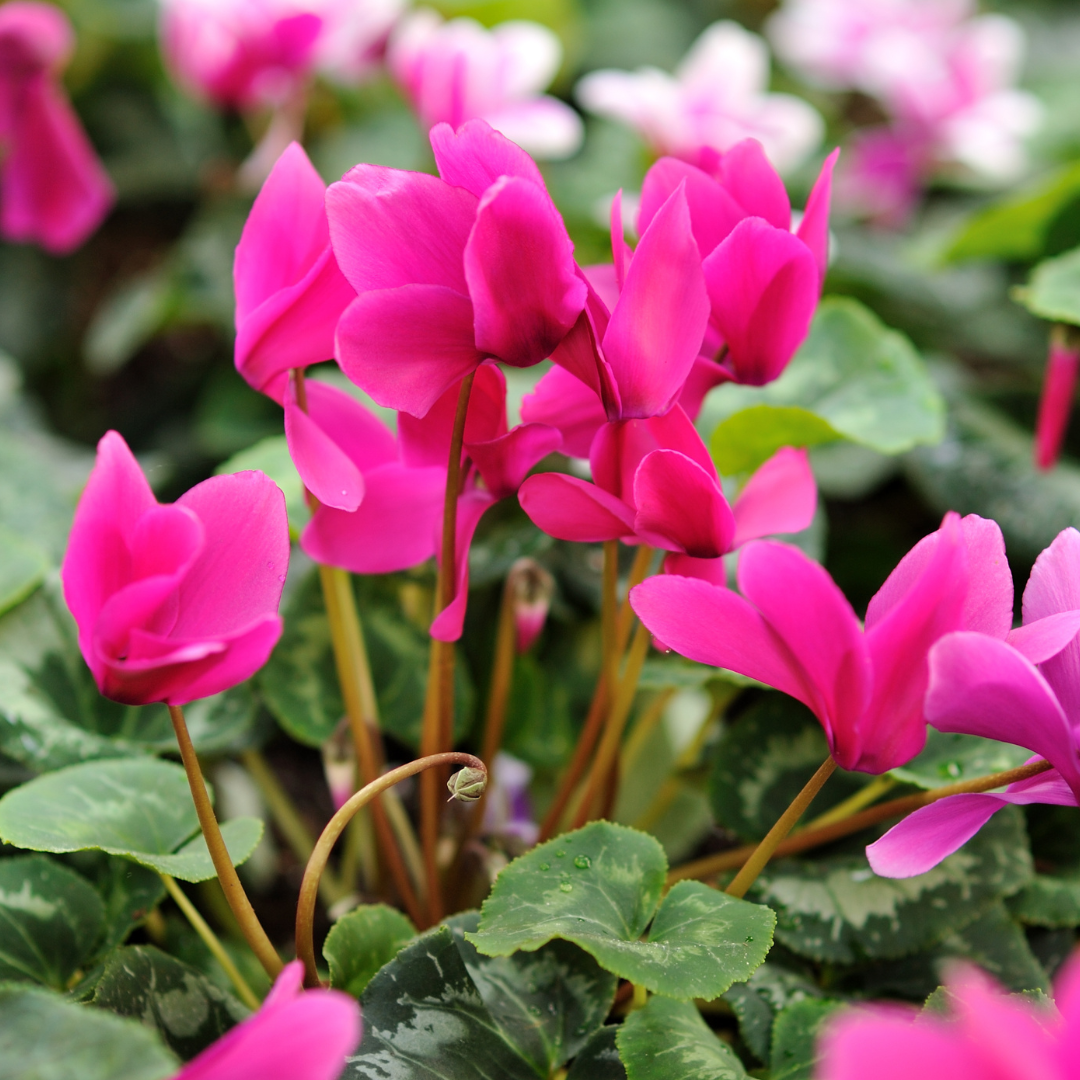
1. Cyclamen Alpinum
This variety was previously known as C. trochopteranthum. It is part of the Primulaceae family. This tough plant has pink or carmine-purple flowers that give it its distinctive appearance.
These smell lovely of primrose. This cyclamen species has rounded or angular leaves. It has a maximum height of 8 cm and a maximum width of 1.5 cm.
During the blossoming season, white and pink propellers resemble flowers. It is resilient in USDA zone 5.
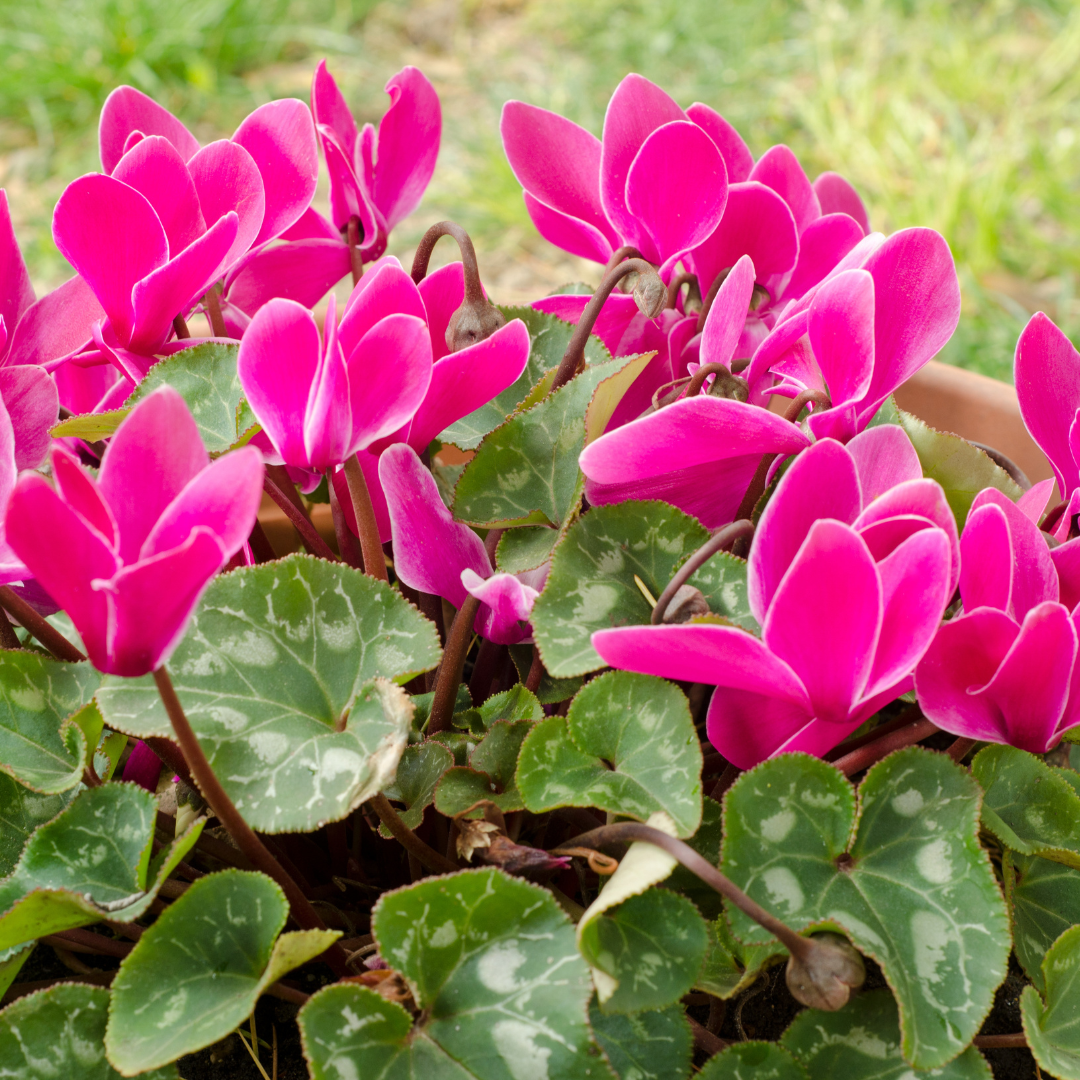
2. Cyclamen Coum
This species can survive in USDA Zone 6 and is simple to grow. This species is sometimes known as eastern Cyclamen or round-leaved Cyclamen. It belongs to the family of primroses.
The leaves are round and heart-shaped, with a deep green tint and shades of silver and gray.
The flowers, which are white, pink, or magenta in hue, pierce the thick undergrowth. The base of the blooms is a deeper hue with twisted petals.
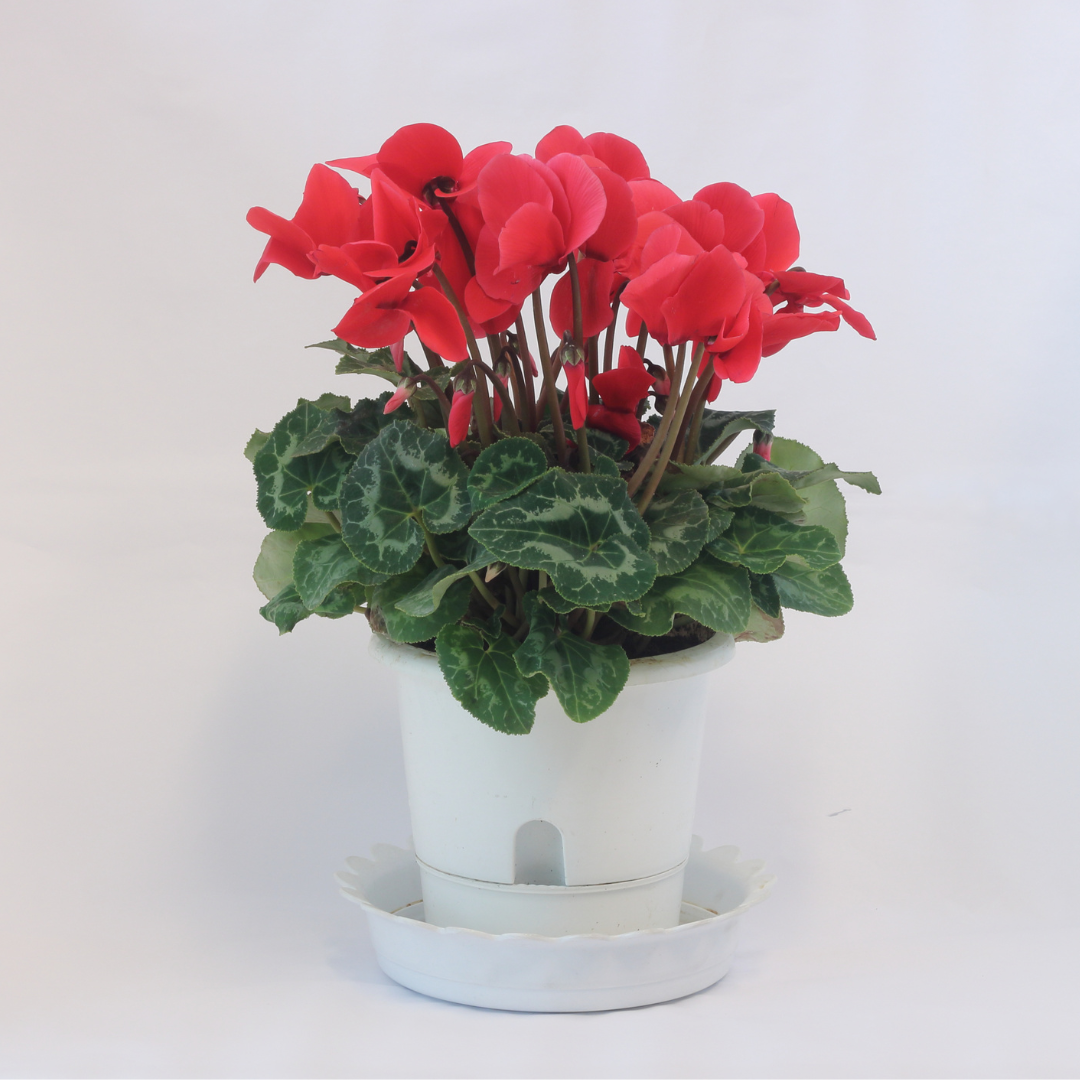
3. Cyclamen Creticum
This species's white flowers, which are infrequently found in pink tones, set it apart. The lily aroma of these blossoms is highly alluring.
Greenery appears during the winter season. It has grayish-green edges and a heart—or triangle-shaped form. The leaves range from 3.5 to 12 cm in width and length. This species' flowering period lasts from February to May.
It thrives in environments that are just a little bit moist. This plant, native to Crete and Karpathos, can be found in various settings, from old walls to grasslands and riverbanks.
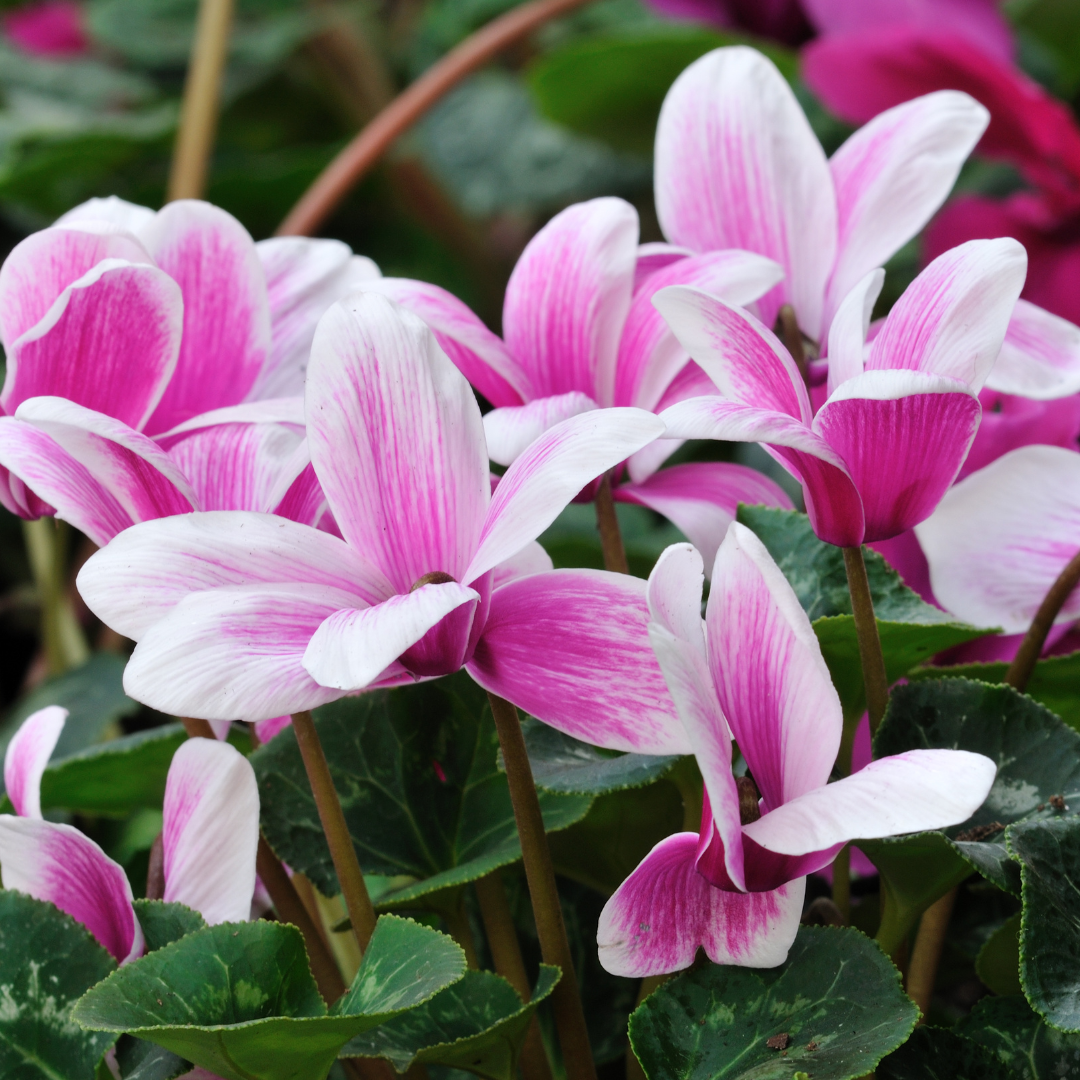
4. Cyclamen Libanoticum
Typically, this species can reach heights of 5 to 10 cm. A partial or light shade is best for this plant's healthy growth. In USDA zone 8, it is resilient.
It is a relatively uncommon species with gentle pink flowers. This plant, which was once thought to be extinct, was later found in Lebanon.
This species' blooming season runs from early fall through March, when the leaves and flowers emerge.
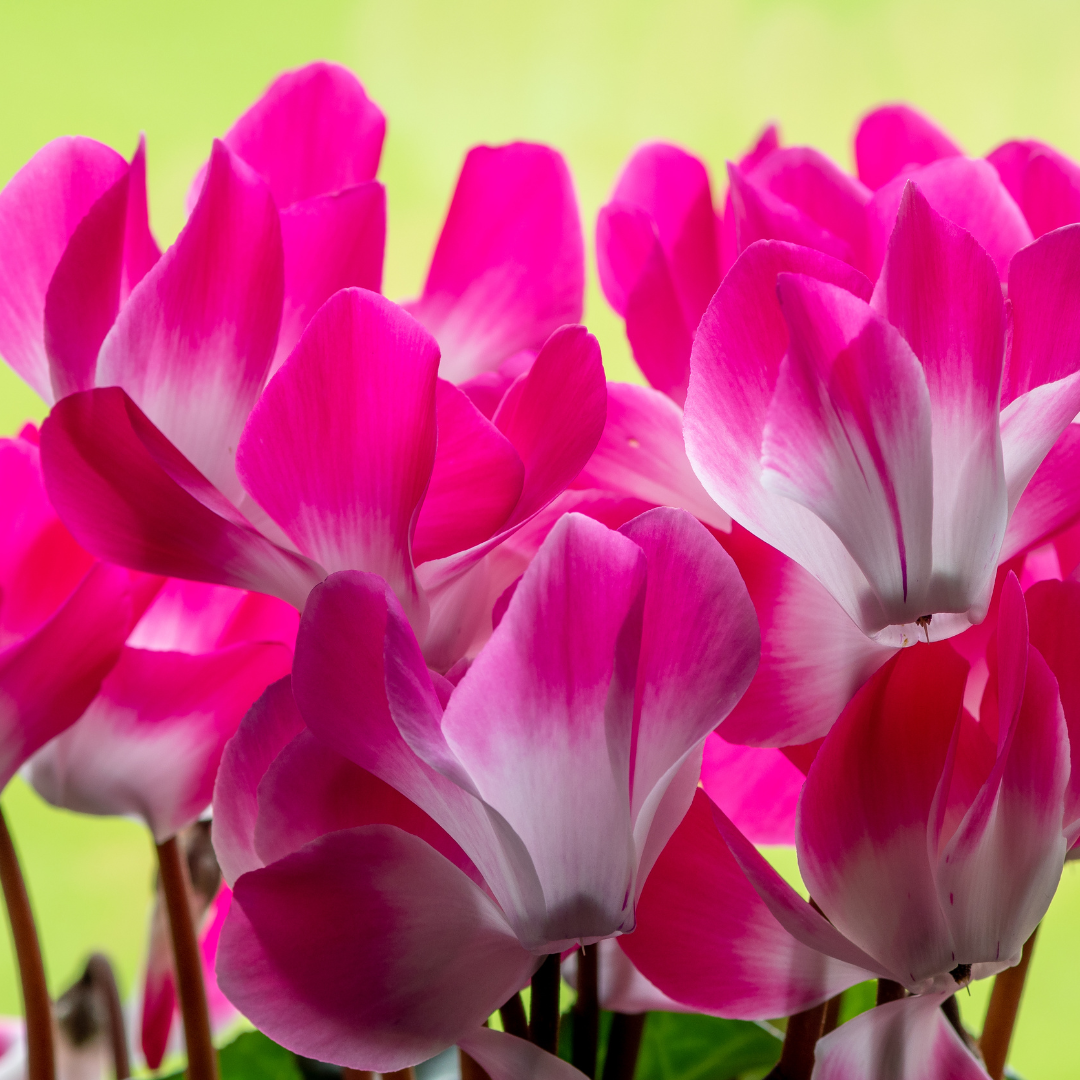
5. Cyclamen persicum
This species is a member of the Primulaceae family. Of all the Cyclamen Spurge plant species, it is the most well-liked.
It grows in USDA zones 9 to 11, is hardy, and is native to Algeria, Cyprus, and Greece. It spreads out equally and develops to a height of 0.5 to 0.75 feet.
The available flower hues are pink, red, violet, or white. This plant will grow well in partial shade and requires only minimal maintenance because it requires less water to survive and flourish.

6. Cyclamen Pseudibericum
This species' average height is between 5 and 10 cm. Naturalizing is ideal. This plant develops best in full sun or light shade.
The flowering period for these species' carmine-pink blooms is from February to March. The leaves are deep green, with a hint of white and grey in the center. It is a fragrant plant renowned for winning the RHS Award of Garden Merit.
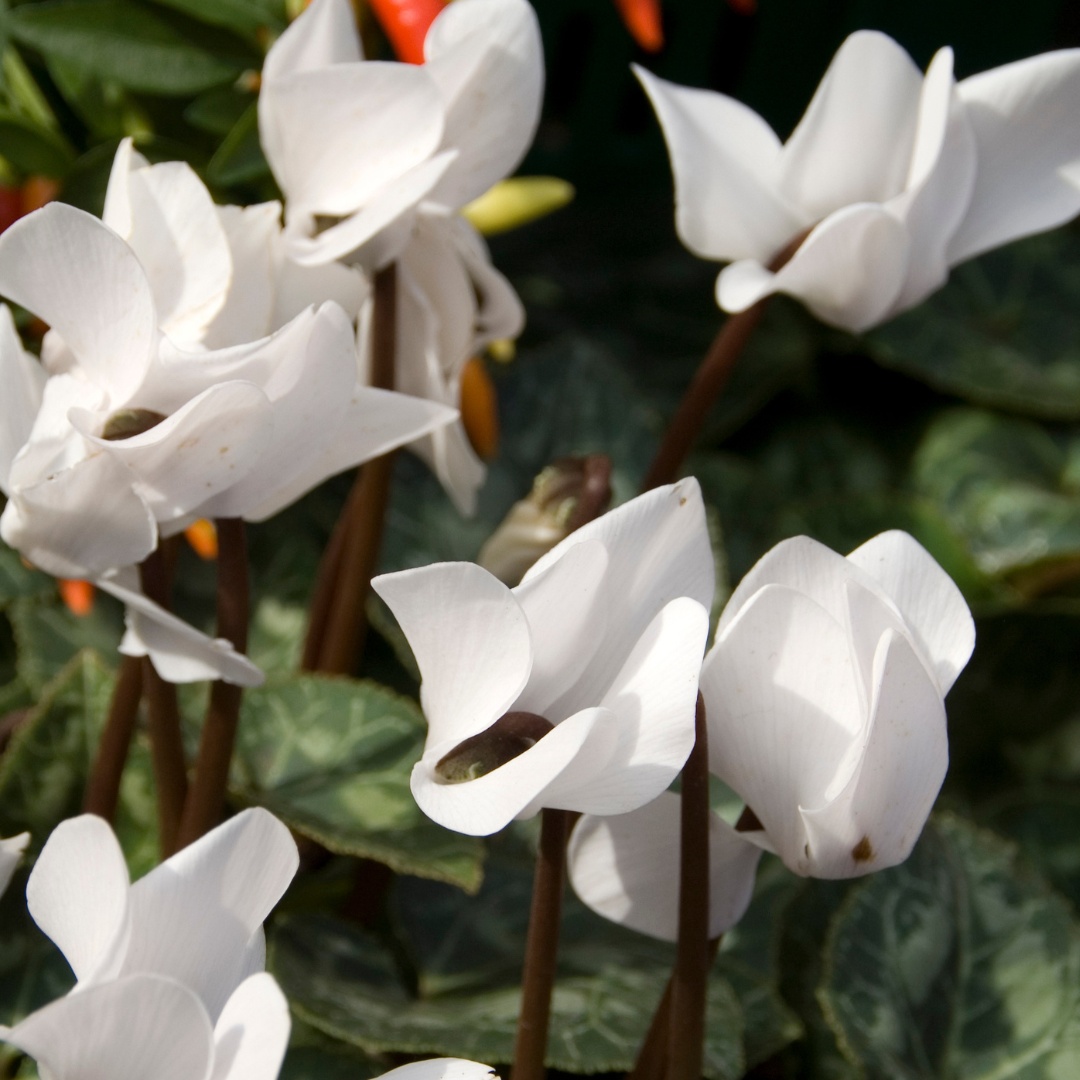
7. Cyclamen Hederifolium
Neapolitan Cyclamen and ivy-leaved Cyclamen are two more common names for this plant. These are perennial tuberous plants with rounded leaves. The flowers have twisted petals.
This plant can grow to a maximum height of about 12 cm. The flowers are typically white but can occasionally have pink blooms.
It is resilient in USDA zone 5. Partial shade is optimal for this plant's growth, and it needs a cover to protect it from the sun.
The ground should have good drainage. It might be neutral, acidic, or alkaline. This plant takes between 5 and 10 years to reach its full height.
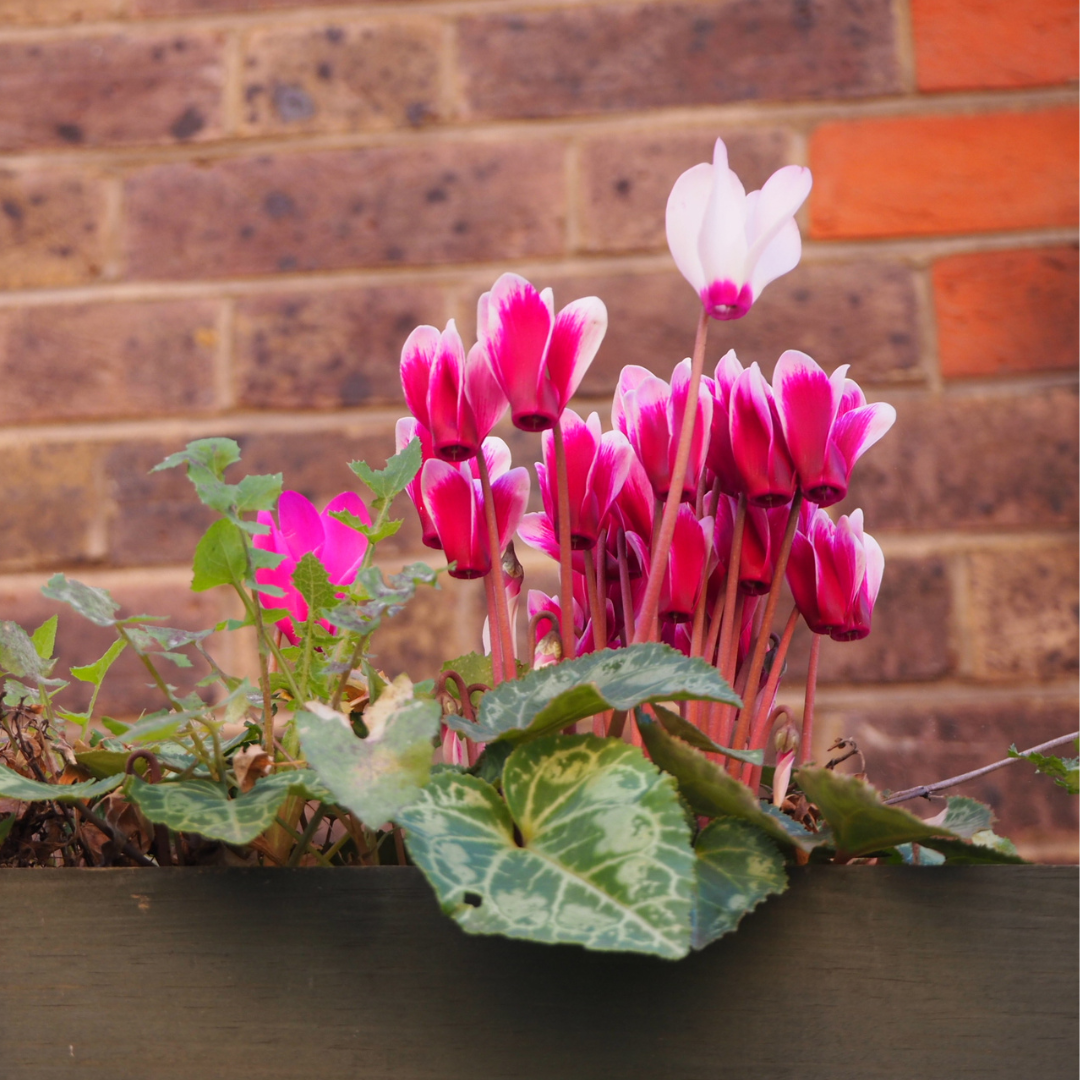
Grow Cyclamens In Containers
Cyclamens are a sign that spring is approaching since they brighten gloomy autumn and winter days. They come in hardy and delicate perennial varieties.
Hardy cyclamen make good temporary pot plants if they are cool in bright, airy settings. Typically, the more delicate cyclamen species are grown inside. Before you put flowers in the garden, you can safely decorate a table or window ledge with them for a month.
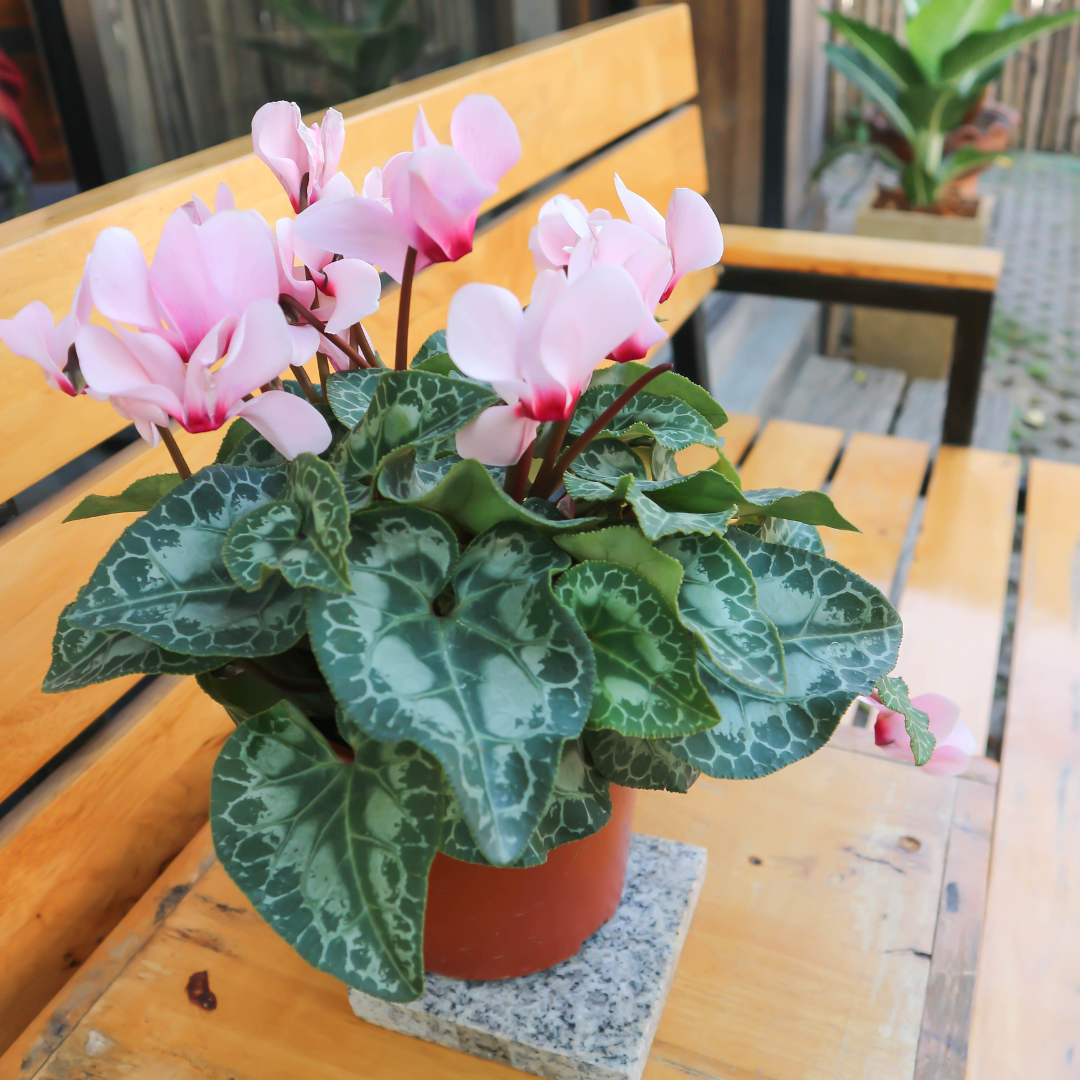
Choose The Right Container
Choose a pot that is no more than one inch larger than the one your cyclamen plants are in if you wish to re-pot them. While they are dormant is the ideal time to repot them.
This typically occurs from April through November. Your watering habits determine the best soil mixture for cyclamen plants.
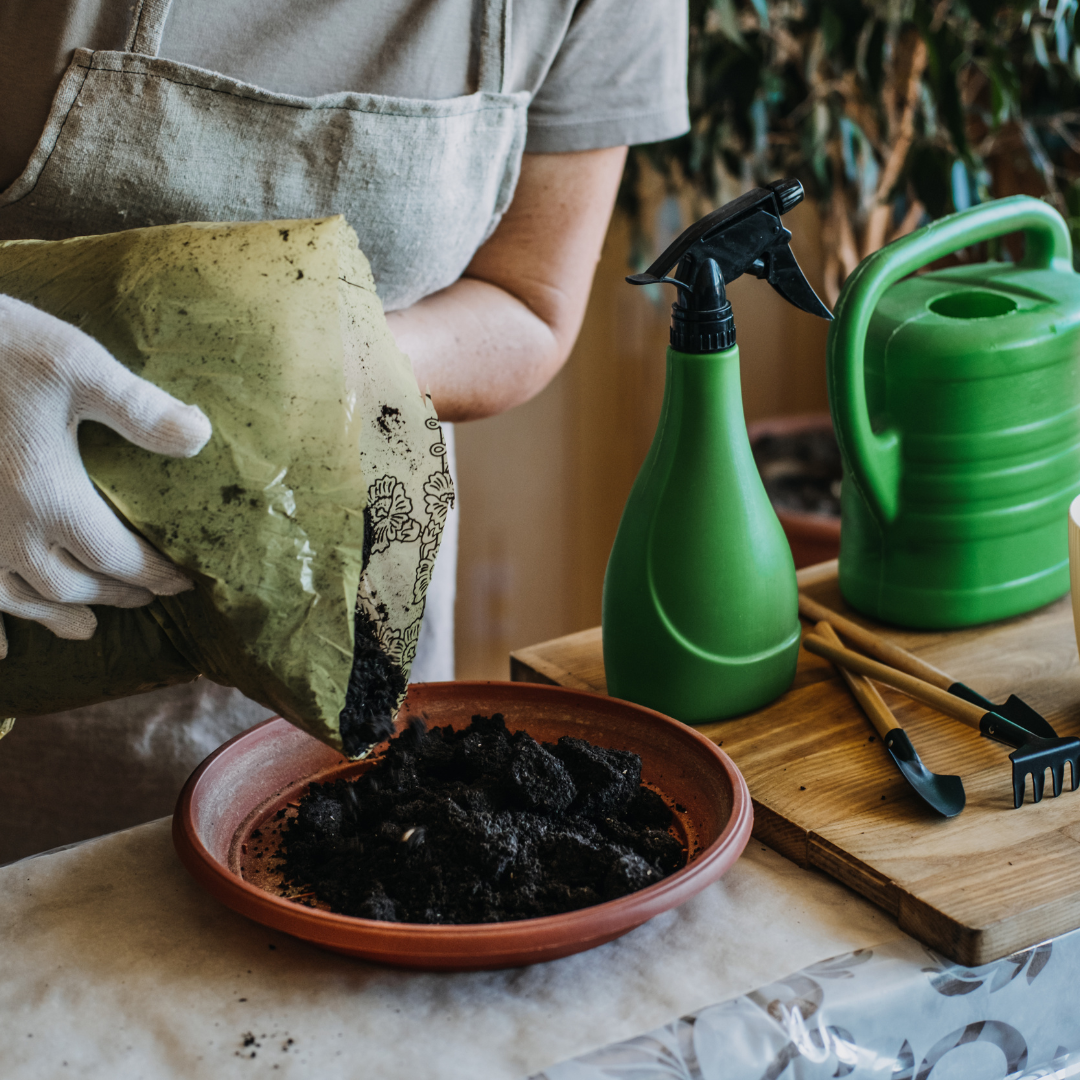
Soil To Grow Cyclamens In Containers
Since they are susceptible to rot, they aim to moisten the soil rather than the flowers or leaves. You can gently water with a long-spout watering can or, if necessary, set the pot on a saucer and allow it to soak up the water from the base. Avoid overwatering them because they frequently gain from a little dry period.
Cyclamen favours soil rich in organic matter, with good drainage and a pH that is just slightly acidic. You can use standard potting soil for container plants, but you should add some sphagnum peat to make it more acidic.

Sunlight
Cyclamens prefer lots of natural light and are typically cultivated indoors in pots. Place in a bright, cool, draft-free area that receives at least a little early sunlight but not much direct sunlight.
This also covers plants on patios, decks, and verandas. When the plant actively grows in the winter, give Cyclamen bright, indirect light.
It is preferable to keep Cyclamen in a cool, dark area with sufficient airflow during the summer when the plant is dormant.
Water
The presence of leaves indicates that the plant is actively growing. Water the soil during this time whenever it feels dry about an inch below the surface.
Avoid wetting the plant's leaves or crown (where the stem and roots meet), as this can make it decay.
Water the plant sparingly while it is dormant (when it has lost most or all of its leaves) to prevent the soil from drying up completely. Placing the pot on a tray and then moistening the tray is a typical method for watering Cyclamen.
Temperature & Humidity
Extreme heat, drafts, or dry air are unfavourable to cyclamen plants. They thrive in a climate that resembles their natural habitat, favouring nighttime lows of 40°F to 50°F and daytime highs of 60°F to 70°F. High humidity is essential, especially in the winter.
Keep your plant on a tray with water and pebbles to increase humidity, but ensure the pot isn't constantly in the water (as this can cause root rot).
If you moved your plant outside for the summer, bring it back inside before the weather becomes chilly. As a general rule, bring it inside when you are still at your preferred temperature, and you can keep your windows open without getting cold.
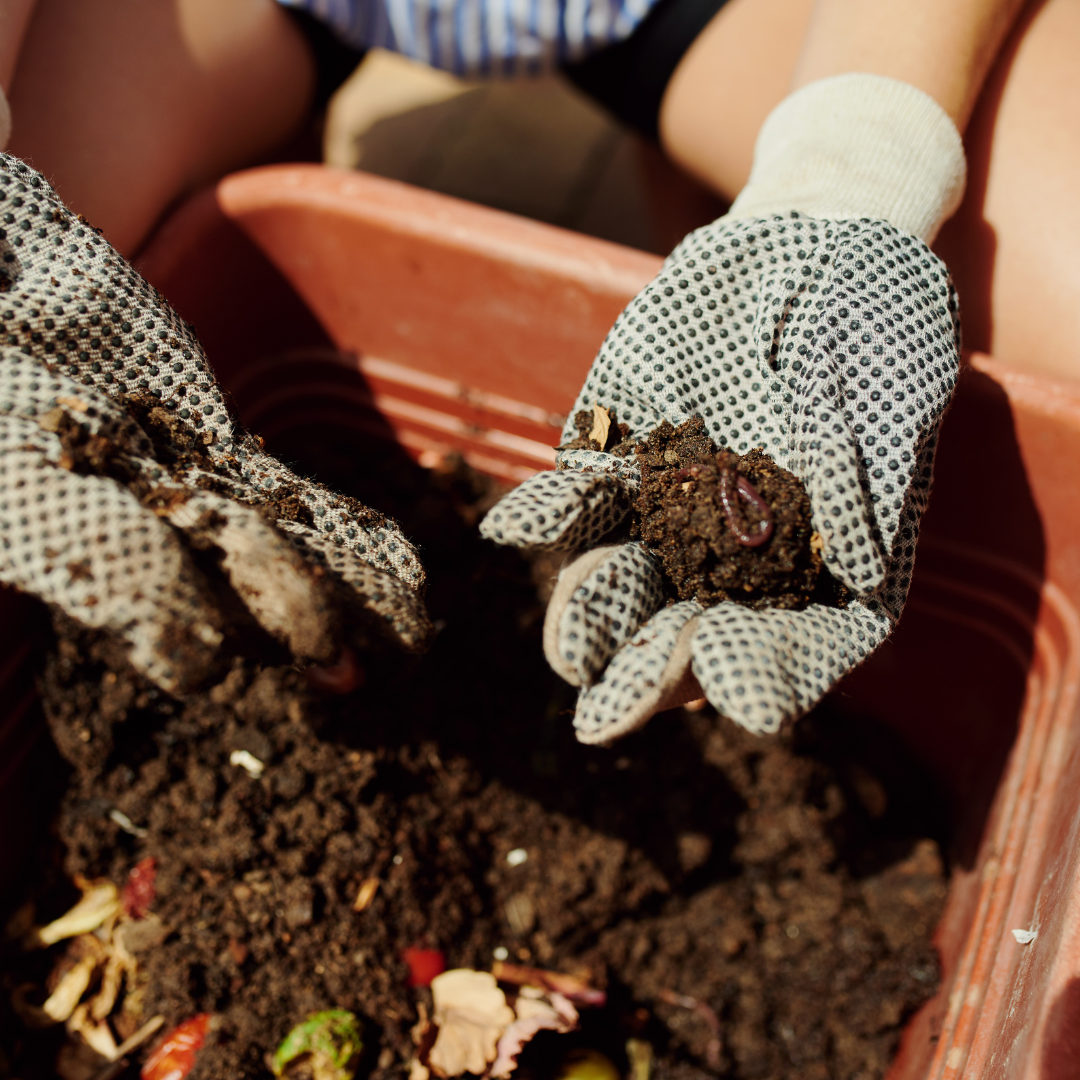
Fertilizer
While in the whole leaf, feed your cyclamen plant with a diluted liquid low-nitrogen fertilizer every two weeks. Cyclamen does not require fertilization while it is dormant.
Most cyclamen plants use relatively little fertilizer, such as 20-20-20 or 10-10-10. If the leaves are yellow, keep an eye on them since your plant needs extra iron.
Once the plant turns dormant, which often happens in April, you don't need to fertilize it again. Although cyclamens require fertilizer, too much will encourage lush growth that is more prone to disease. When in active growth, fertilize blooming plants every two weeks with a low-nitrogen fertilizer or houseplant food.\
Pruning Cyclamens
Simply picking off fading or dead leaves as they appear is proper cyclamen pruning. Removing the heads of fading flowers and seeds is possible, which can prolong the blooming period.
Once a cyclamen approaches the end of its flowering season, it will require regular pruning. The leaves start to turn yellow and drop off, which is not very pretty. Fortunately, you can remove and discard any dead foliage or blossoms. Next year, they'll grow back.

Propagating
Cyclamen is challenging to grow since the cultivated types are frequently hybrids that do not set fertile seeds, and stem cuttings are difficult to root.
The corm-like tuberous roots are carefully divided to guarantee survival, but this is the best method for propagating these plants.
Be ready for failure because cutting the tubers frequently exposes the root to rot. Here's an effort at doing it:
- Remove the plant from its pot when it is largely dormant in the summer, and trim the stems.
- If offsets have grown from the corm-like tuber, carefully separate them from the main root. If there are no offsets, search for growth eyes and carefully cut the tuber into pieces with at least one growth eye on each piece.
- Replant the fragments in a peat-based growth mix with good drainage. Every root component needs just barely to protrude above the potting soil.
- After moistening the potting mix, put it in a dry, shaded area. Move it to a more sunny spot in the fall, and start weekly watering to encourage new growth.

Grow Cyclamen From Seeds
Many cyclamen plants used by florists are hybrids that do not set seed. Search for seed pods that form after the flowers have faded if you wish to try them.
Harvest these, crack open the seeds, and plant them in a tiny container with potting soil that has compost.
Sprinkle a small amount of compost or potting soil over the seeds, then softly water them. Place the containers in a cold, dark location until they sprout, which could take one to two months.
After they sprout, place the pots in a location with solid indirect light and maintain them there until they grow into plants. It may take them two years or longer to form roots supporting flowering.
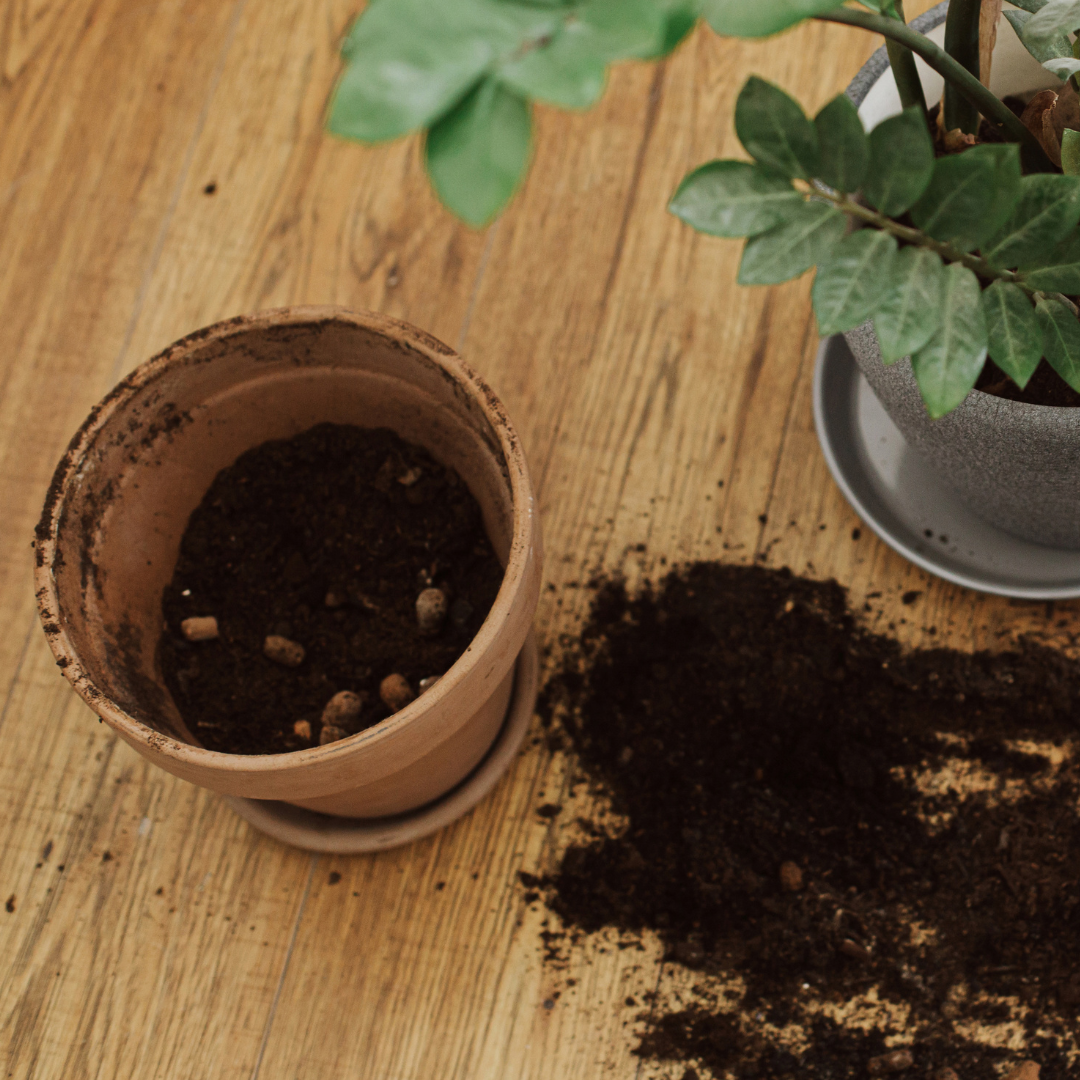
Potting And Re-Potting Cyclamens
Choose a pot for your Cyclamen that leaves about an inch of space around the tuber when you initially plant it. Put the tuber in the potting soil with a little of it sticking out.
- Every two years, Cyclamen should be potted again. When the plant is dormant in the summer, re-pot it using new potting soil and a bigger container. To repo, follow these steps:
- With potting soil, partially fill the new container.
- After that, remove the tuber from the original pot and brush off any remaining dirt without rinsing it.
- The tuber should be placed in the new pot with its top resting about 2 inches from the edge. Put potting soil over it.
- Put the pot in a dry, shaded area for the summer.
- Around September, when you first start watering it, you should notice new growth.
Pests & Diseases Of Cyclamens
Overwatering or extreme heat are the two main causes of indoor cyclamen issues. Yellow leaves in the fall or winter indicate overheating in the space or improper plant watering.
It might have also gotten too much sun. Keep your plant away from sunlight in a cool environment, and water it when the soil seems dry. Yellow leaves in the spring are typical, though; the plant naturally dies back before turning dormant.
Too much heat in the room will cause poor flowering and cause the Cyclamen to go into early hibernation. However, it will naturally stop flowering in the spring.
Too much water may have caused the cyclamens to collapse. If the center of the fruit is brown and mushy, this may also result from crown rot, water splashing on the leaves and stems, or excessively low temperatures. Vine weevil larvae, which consume the roots, can also be to blame for a collapsed plant.
Cyclamen grey mould, Botrytis cinerea, is a gray, fuzzy mould that can grow on flower stems or leaves.
This increases when it's humid out. It can be avoided by not spraying water on the leaves and quickly removing dead leaves or blooms.
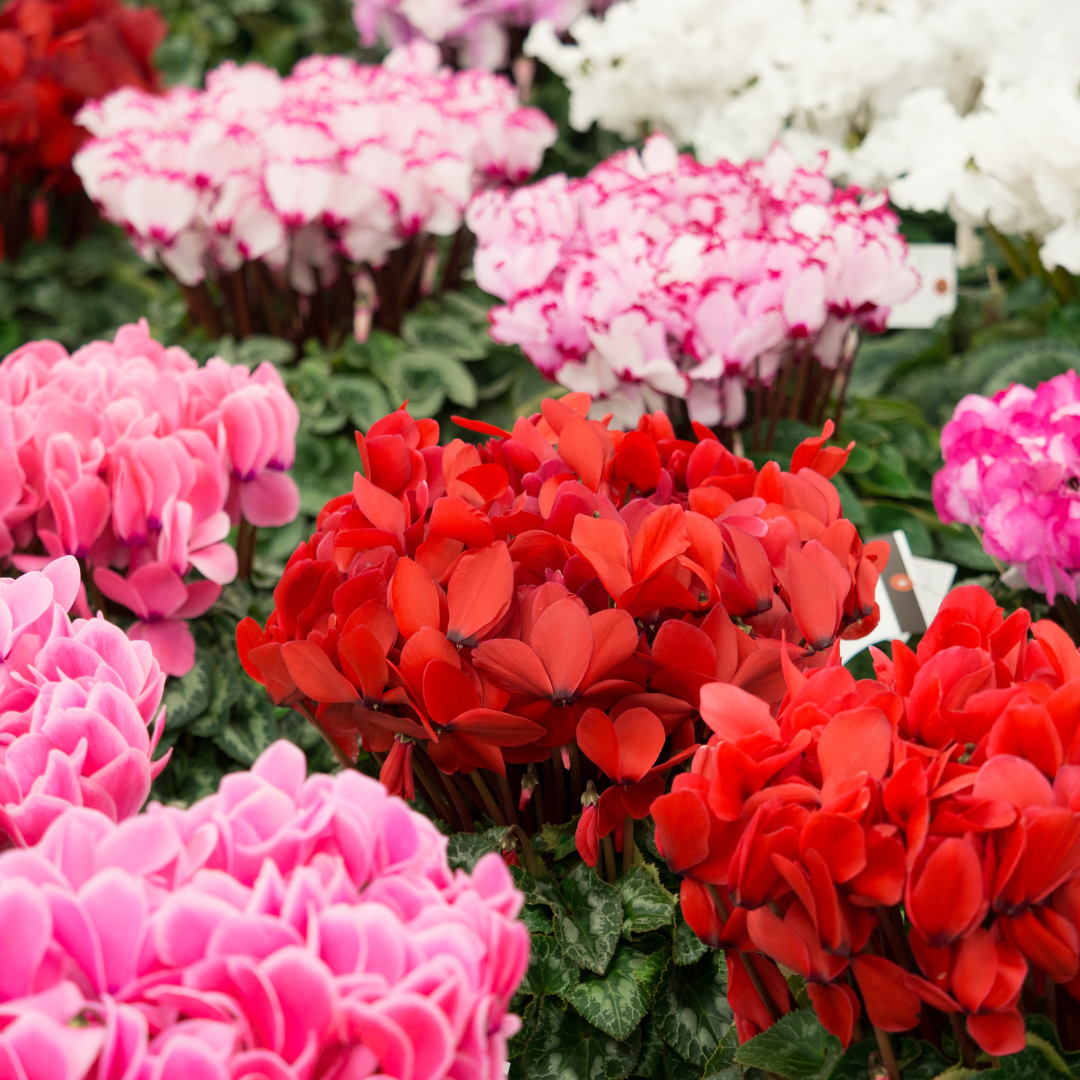
Conclusion
Both the underground stem (rhizome) and root are utilized medicinally. Despite major safety concerns, people take cyclamen orally for “nervous mental states” and digestive issues. Women also take it for menstruation disturbances.
I trust you enjoyed this article on the Best Steps To Grow Cyclamens In Containers. Please stay tuned for more blog posts soon. Take care!
JeannetteZ
>>>Please click here to read my all-inclusive article about Container Gardening<<<
>>>Are you interested in homegrown herbs and medicine? Please click here to find out more about it!<<<
Your Opinion Is Important To Me
Do you have thoughts, ideas, or questions? I would love to hear from you. Please leave your questions, experiences, and remarks about the Best Steps To Grow Cyclamens In Containers article in the comments below. You can also email me at Jeannette@Close-To-Nature.org.
Disclosure
This post may contain affiliate links. As an Amazon Associate and other affiliate programs, I earn from qualifying purchases at no extra cost to you. Please read my full affiliate disclosure.
You might also enjoy these blog posts:
Hairballs And Cats – All You Need To Know




